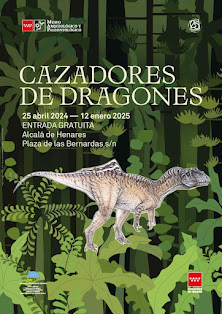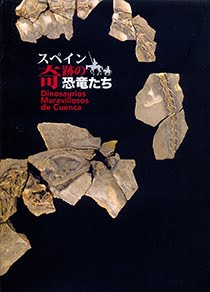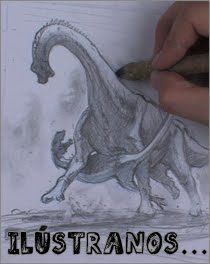El XX Annual Meeting de la EAVP se celebró recientemente en la ciudad de Sabadell (Catalunya, España). En esta última edición, se presentó una comunicación en formato póster sobre el trabajo encabezado por Pedro Mocho, investigador del Instituto Dom Luiz (Faculdade de Ciências, Universidade de Lisboa) y del Grupo de Biología Evolutiva de la UNED. En dicha comunicación se han explorado la presencia de nuevas formas de saurópodos titanosaurios en el Campaniense-Maastrichtiense, en particular, en el registro procedente de los yacimientos de Lo Hueco (Cuenca) y Poyos (Guadalajara) de la Formación Villalba de la Sierra. El resumen es el siguiente:
Titanosauria were the main lineage of sauropods during the Late Cretaceous, reaching a cosmopolitan distribution. In Europe, this clade is represented by many occurrences, especially in the Ibero-Armorican domain, with eight described species. However, a higher diversity has been hypothesized by many authors. The evolutionary history of these taxa is still uncertain, and their progressive inclusion in phylogenetic analyses is providing a better understanding about their affinities. In addition, the systematics of some of these titanosaurs is complex, because some are based on incomplete specimens and assemblages from multitaxic bone beds. The Campanian–Maastrichtian deposits of the Iberian Ranges are rich in titanosaurian discoveries, including the sites of Lo Hueco (Cuenca) and Poyos (Guadalajara), which are currently providing significant data on the phylogeny of the European titanosaurs. We present four new specimens from Lo Hueco that are currently in preparation and study and explore the presence of a new titanosaurian species in this quarry (distinct from Lohuecotitan pandafilandi). These specimens correspond to individuals that were found in full to partial articulation or in sets of associated elements, including almost complete sequences of dorsal-to-caudal vertebrae. Our phylogenetic analyses, including seven European titanosaurian species, suggests that lithostrotians are a diverse group in Europe during the Campanian–Maastrichtian (at least two lineages), including the probable endemic lirainosaurines and lithostrotian from a non-lirainosaurine lineage, which includes the new specimens of Lo Hueco. Some of these lineages come from dispersal events into Europe in the later part of the Early Cretaceous, probably from Gondwana.
-----
Más información:





























No hay comentarios:
Publicar un comentario